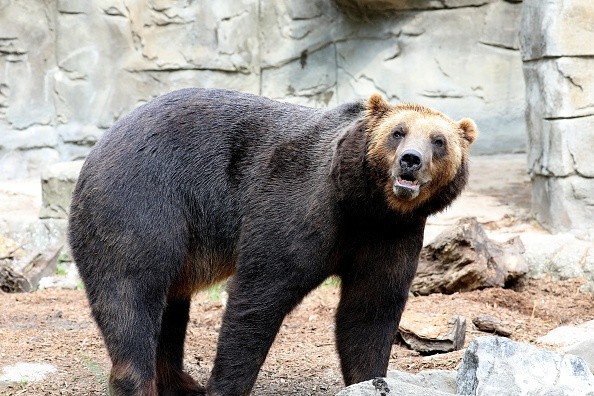After becoming food-conditioned and progressively seeking out human food sources in the Island Park region, Idaho Fish and Game, in collaboration with the US Fish and Wildlife Service, killed a sow grizzly and a yearling male.
An Unfortunate Tale

After getting many food incentives from porches, unsecured garbage cans, and automobiles, the sow and yearling began frequenting residential districts, where they were used as human food sources. Following many food-related confrontations, the sow grizzly was caught and transported in 2020.
The sow and cub were involved in many disputes in 2021, resulting in food incentives. This spring, they acted identically.
The duo was apprehended and euthanized on Saturday in the interest of human safety due to their reliance on human food and habituation to residential areas.
Related Article : "Should be Dead"- 66-Year-Old Cancer Patient Viciously Attacked by Bear in Her Own Kitchen
Grizzly Bears

Grizzly bears are typically calm animals who only attack humans on rare occasions, yet they may be highly violent. Grizzly bears usually avoid humans, but they may swiftly become hostile and dangerous if disturbed. Grizzlies will be less aggressive if you don't try to disturb them by encroaching on their territory or frightening them.
The aggression of grizzly bears toward humans has increased through time as the human population has grown, becoming increasingly prevalent.
Because humans require more space to accommodate and maintain their rising population, grizzly and other bears' habitat has been threatened and encroached upon.
Consequently, now. Grizzly bears are compelled to interact with humans and have their territory invaded more than ever before.
Grizzlies have resorted to being even more hostile to defend themselves due to their size and unsuitable limbs for climbing and escape.
Black Bears vs Grizzlies
Black bears are less violent than grizzly bears. Black bears are smaller, have shorter claws, and dwell in wooded places, so if they can't scare away their danger or aren't in the mood for a fight, they can always climb up a tree and go on their way.
However, grizzly bears are polar opposites in terms of size. They also dwell in open environments with few or no trees, such as stony terrain.
What To Do In An Encounter?
Any visitor to a national park will be delighted to see a bear in the wild. While this is a thrilling experience, remember that bears in national parks are wild and deadly. Their conduct might be erratic at times. Human assaults against humans have happened, resulting in significant injury and death. Each bear and each encounter are unique; there is no one-size-fits-all method that will ensure safety in all scenarios. The majority of bear encounters result in no injuries. Following a few simple recommendations can assist in reducing the risk of harm. Your skill to calm the bear might be crucial to your safety.
The only choice is to stand firm and be more aggressive to deter the invader.
You might be astonished to learn that a grizzly bear would terrify you by acting aggressively and that after you recede, they will stop and flee away. Still, don't take a chance; you don't want to be around a violent grizzly bear!
Related Article : Despite Outcry, Giant Bear Breaking Into Homes in California May be Killed to Protect Public
For more wildlife news, don't forget to follow Nature World News!
© 2025 NatureWorldNews.com All rights reserved. Do not reproduce without permission.

